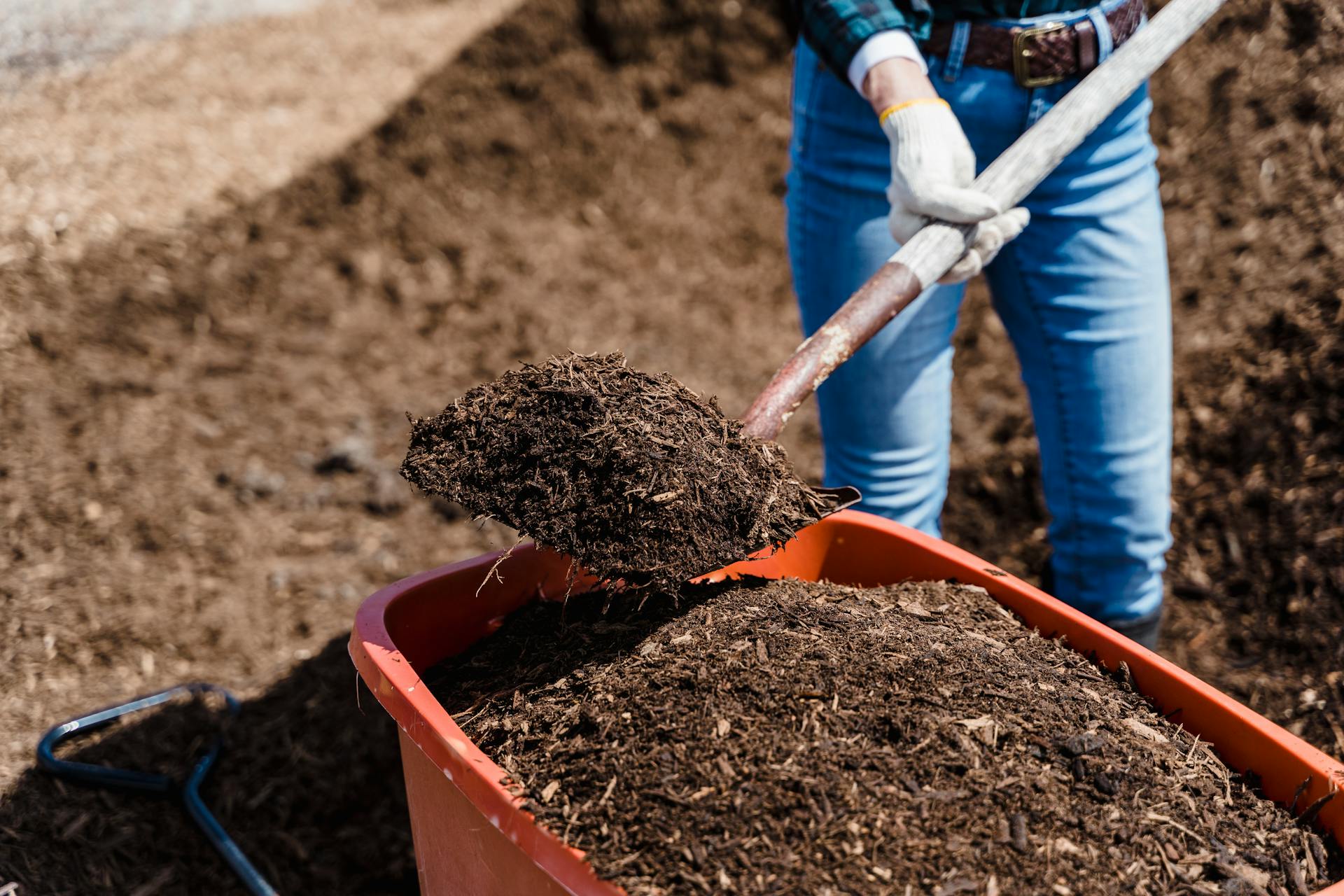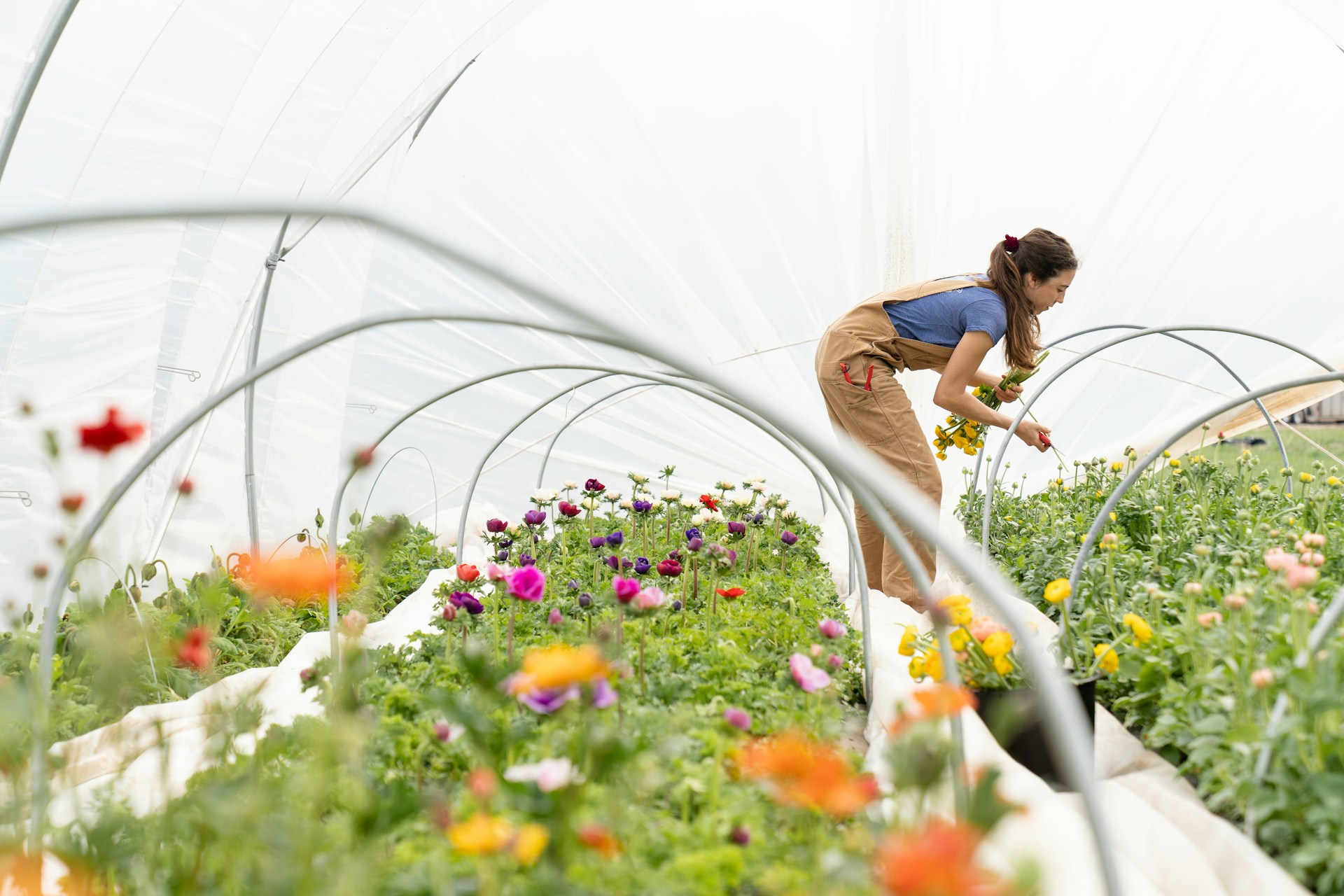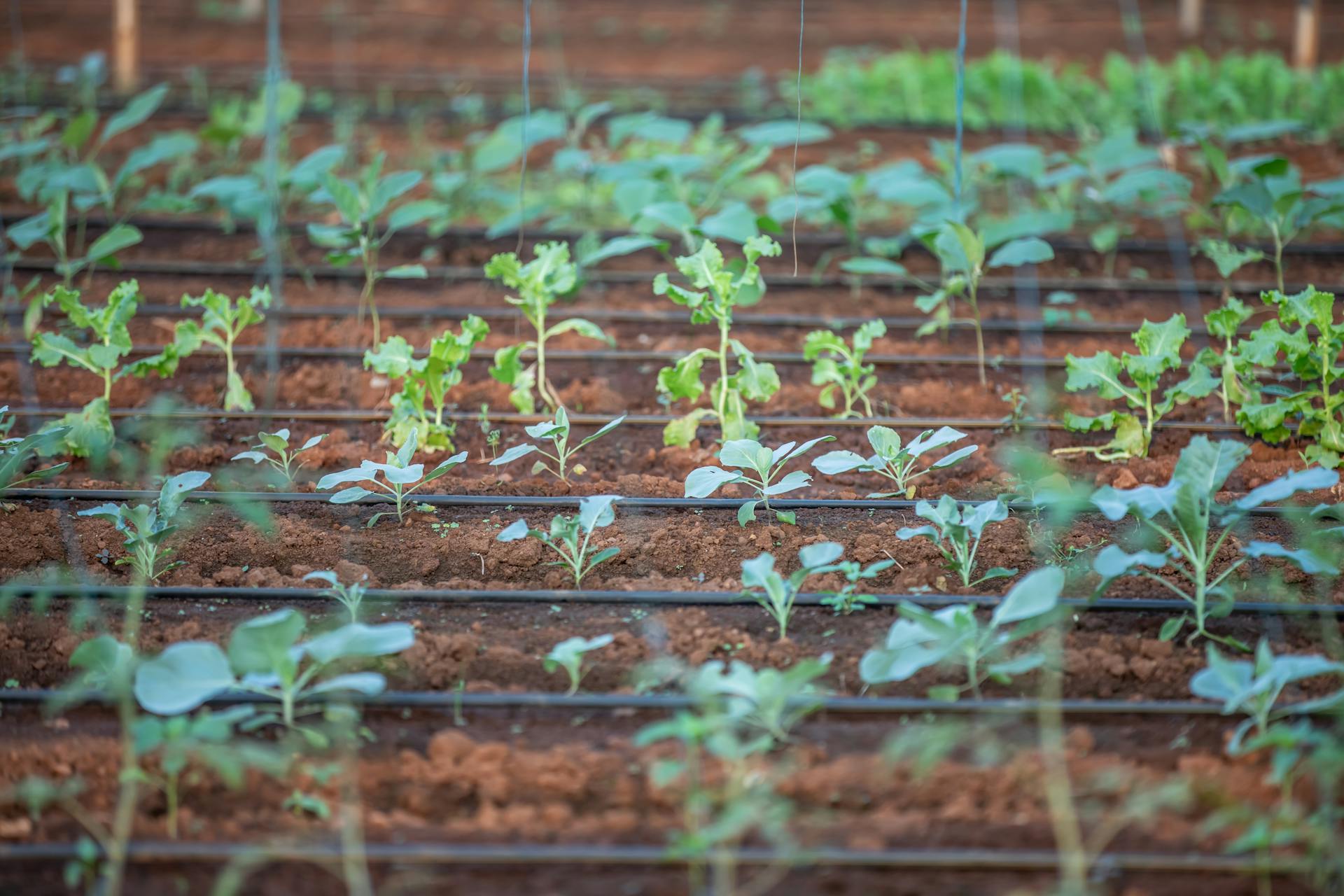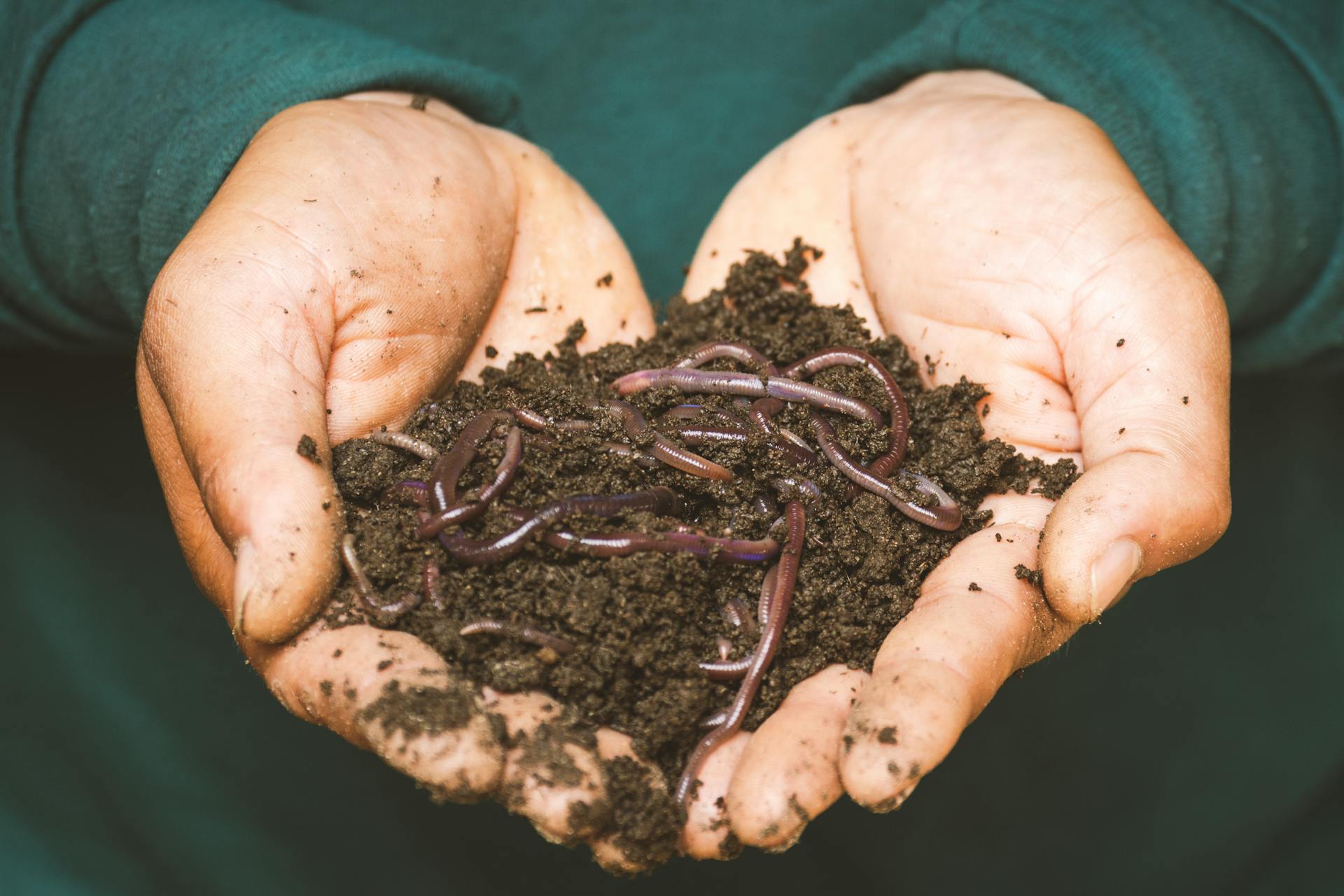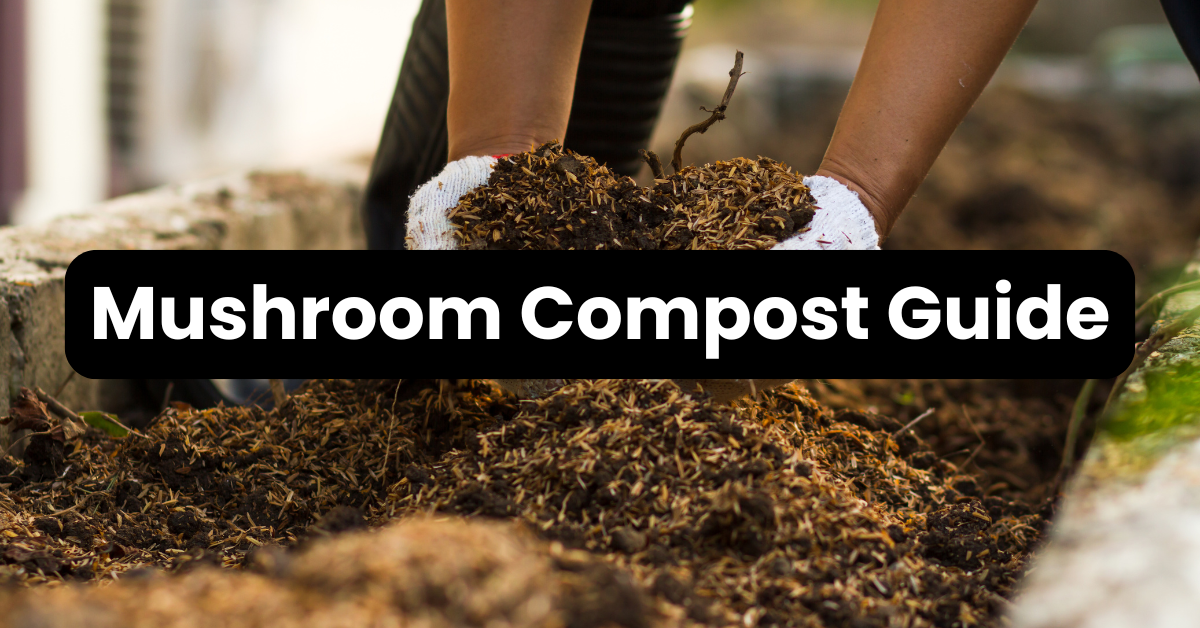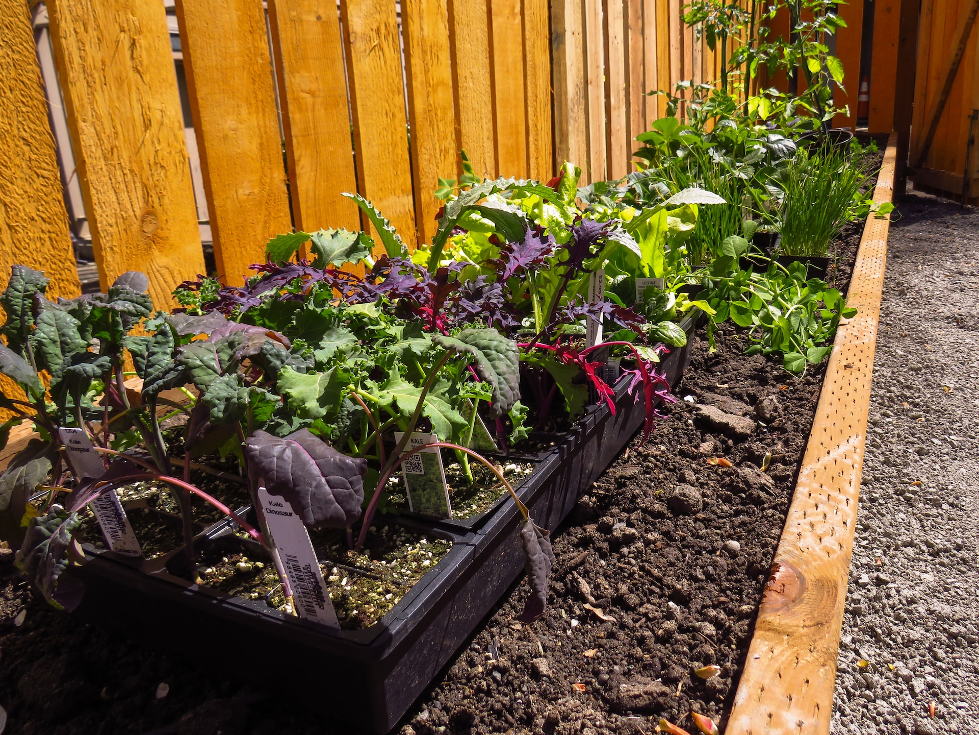What’s the secret to a healthy, fruitful garden? Nutrient-rich soil. What’s the simplest way to get nutrient-rich soil naturally and without spending a fortune? Compost. In this guide, we’ll share how to start composting for beginners, what not to compost and common problems you may face when composting.
How Does Composting Work?
Composting is a controlled, aerobic and natural process that converts organic material into a nutrient-rich soil amendment through decomposition.
A variety of organic materials are mixed together into a compost pile, and microorganisms feed on these materials. As they break down the organic matter, they produce carbon dioxide, heat and water, resulting in richer, more nutrient-dense soil.
The great thing about composting is that you can do it right in your own backyard (or kitchen), and it offers many benefits.
The Benefits of Composting
There are so many great reasons to start composting. One of the greatest benefits is that it reduces waste.
You can quite literally turn your trash into a nutrient-dense soil amendment.
Composting is also a great way to build healthy soil, which is why it’s often referred to as black gold.
All of the compost you produce can be used right in your own raised garden to feed your soil and help you grow healthier plants. And that means that you’ll be spending less money on chemical fertilizers.
Composting is nature’s own recycling system, and it’s one that you can leverage to keep your garden producing all season long.
If that’s not enough to convince you to start composting, here are some other benefits to consider:
- It helps conserve water. Compost works to transfer water through the soil more efficiently. If you have hard soil or high clay content, compost will help make it more porous and able to absorb water. On the other hand, if you have really sandy soil, compost will help form aggregates that help it hold onto water.
- It helps prevent plant disease. When you add compost to your soil, it helps the soil retain nutrients while discouraging disease, pests and weeds. At the same time, it helps balance soil pH, which helps some plants absorb more nutrients. Plants are more vulnerable to pests and disease when they’re low on key nutrients. Compost helps provide those nutrients, helping your plants grow strong and resilient to garden menaces.
Plus, there’s a certain satisfaction in making your own compost. I’ve always found it to be a rewarding experience and it puts me just one step closer to being self-sufficient.

How to Start Composting for Beginners
The wonderful thing about composting is that you don’t need much to get started. In fact, if you have a garden shovel or rake and empty space in your yard, you may be able to start composting for free.
Before you get started, I highly recommend that you research your local laws and regulations as well as the rules for your HOA if you have one. There may be rules if you want to start composting. For example, you may have to use a bin or tumbler. Open compost piles may not be permitted.
Getting informed about the rules will help you avoid headaches, potential fines and disputes with your neighbors.
Once you know the rules, you can get started.
Compost Bin/Tumbler
The simplest way to get started with composting at home is with a bin or tumbler system. Bins help keep everything contained and can help keep critters away.
Before you head out and buy a bin, check to see if your city or county has a composting program. Our county has one, and we were able to score our compost bin for just $54 (it normally retails for $100). It also came with a handy kitchen scrap collection bin that we keep under the sink. All of our scraps get tossed in the small bin, and we transfer everything once a week or every few days, depending on how quickly it fills or the season.
Typically, county and city compost bin programs open at the start of the summer season and are only available for a limited time.
If you don’t have a local compost bin program, you can easily buy one on Amazon or even from a big box store.
Today, you can even find electric composters that speed up the composting process.
Here are a few great options that are really well-rated by customers:
- Miracle-Gro small composter. This heavy-duty compost tumbler has two chambers and is made from UV-protected materials. The convenient handle makes it easy to turn and mix the compost. Miracle-Gro says it can churn out compost in 4-6 weeks (or faster in hot weather). It also comes with a neat pair of gardening gloves.
- Vivosun outdoor compost bin. A super simple 500-gallon bin that’s expandable and easy to set up. It’s more like a giant barrel than a tumbler. Unlike the Miracle-Gro bin, this one doesn’t have a lid. But it’s super affordable and also comes with a handy pair of gloves.
- Redmon 65-gallon compost bin. Redmon’s compost bin has a snap-on lid, 4-door access and multiple vent holes to help keep your pile naturally aerated. The bottom doors make it easy to grab compost as it’s ready and add it right to your garden without having to get messy. We have a similar bin in our house and we love it. Just keep in mind that you’ll need to use a turner tool to mix the pile around.
I imagine that you could also reuse any old barrel as a compost bin, but you need to ensure there are vent holes for aeration.
Compost Pile
If you don’t want to use a barrel system, you can always create an open compost heap.
Here’s how to get started:
- Start by clearing a space in your garden. Get down to the bare soil.
- Add a base layer of twigs, straw or other small yard debris. You only need a few inches of material to create a nice base.
- Start adding layers of materials. Alternate between layers of green and brown materials (skip ahead to the next section to learn more about these two types of materials).
- Add a nitrogen source. Nitrogen will help jumpstart the composting process. Just toss a few handfuls of nitrogen fertilizer into the pile, and you’re good to go.
Creating a compost pile or using a compost bin is easy. But how do you actually turn kitchen scraps and yard waste into compost? Let’s find out.
How Do You Make Compost?
To make compost, you need a mix of two types of materials: brown and green. When combined in the right amounts, these two types of materials facilitate decomposition.
Green materials are rich in nitrogen and are typically fresh or moist. Brown materials are high in carbon and typically dry and tough.
Ideally, you want to aim for a 50/50 balance of materials (green and brown waste).
But what are green materials or brown materials?
Browns
- Small yard trimmings, like twigs or branches
- Dead plant matter
- Wood chips
- Garden waste
- Dead leaves
- Sawdust
- Straw
- Shredded paper/newspaper
- Tea bags
- Paper towels and toilet paper rolls
Greens
- Food waste
- Grass clippings (fresh grass clippings, weeds or fresh leaves)
- Vegetable peels
- Banana peels
- Coffee grounds
- Fruit cores
- Loose leaf tea
One really simple way to start composting is to bag your lawn clippings and mix them with dried leaves. You can also add a compost accelerator if you want to get a jumpstart on things.
Browns and greens are what will be broken down into nutrient-rich compost, but you need two other things for successful composting:
- Air
- Water
The ventilation holes in your compost bin (if you have one) will help with this, but you should also make sure that you’re doing this one important thing:
- Turning your compost pile occasionally (once a week at least)
Turning the contents of your pile will help improve airflow and help reheat the pile. Additionally, you want to make sure that your pile is moist – not soggy.
What NOT To Put In Your Compost Pile
Composting seems simple enough: mix vegetable scraps with things like shredded newspaper, twigs and dried leaves.
But there are some things that you should avoid tossing into your pile, like:
- Dairy products (cheese, yogurt, etc.)
- Meat and fish
- Bones
- Anything synthetic
- Heavily inked paper and cardboard
- Diseased plants and weeds
- Manure
While it is possible to compost manure, it requires special equipment and processes. This is a job for the pros or anyone with extensive experience in this area.
Knowing what to put in your compost pile is half the battle, but where should you put it?
Where Should You Put Your Compost Pile?
A healthy compost pile doesn’t have any strong odors (apart from an earthy smell), but it can still attract critters and insects. For this reason, it’s best to keep your bin or pile a good distance from your house.
The far corner of your backyard, for example, may be a great spot.
If you have a large piece of property, I recommend finding a spot that’s far enough away from your home to keep critters away but not so far away that it’s inconvenient to take your food scraps to it regularly.
Additionally, you want to consider how far your compost bin is from your garden. Depending on your personal preferences, you may want to keep your compost close to your garden for easy transport and use when it’s ready.
While you can put your compost pile in the sun or the shade, placing it in a sunny spot will help accelerate the process. The sun will heat up the pile, so the fungi and bacteria can work faster.
But keep in mind that putting your compost in a sunny spot will also cause it to dry out more quickly.
How Long Does it Take to Make Compost?
The time it takes to go from raw materials to finished compost will depend on several factors, including:
- The size of your pile
- Where your pile is located (sunny or shady spot)
- What you put into your compost pile
Homemade compost can take anywhere from a few months to a few years to finish.
You can speed up the breakdown of materials by:
- Turning your pile regularly
- Cutting up your waste into smaller pieces, making it easier to break down
- Making sure you’re adding enough dry materials and green ingredients
- Adding some old compost to the pile to get things going
- Adding compost activators
- Fueling your pile with coffee grounds
While it’s natural to want your compost to be finished as soon as possible, it’s important to be patient and remember that the process takes time. If you’re a beginner, it can be tricky to get the right balance.
Common Compost Problems
Composting is both an art and a science. For many people, it takes time and quite a bit of trial and error to figure out how to successfully make compost.
Some of the most frequent problems that gardeners face when composting are:
- Soggy compost. If your pile is water-logged, it may not be getting enough oxygen.
- Cold compost. If your pile isn’t heating up, it may be too dry.
- Smelly compost. If your pile has strange smells, you may have too much green or brown material.
Luckily, many of the common problems you may face can easily be fixed by adjusting your ratios of greens and browns, wetting the pile, or turning it to aerate the pile.
How to Use Your Compost
You’ve successfully made your own compost – congratulations! But how do you use it? How much should you add to your garden beds?
Once your compost is finished, you can start applying it to your garden right away. Some people prefer to use a compost sifter to remove larger bits that haven’t broken down yet, while others will just add their compost as-is to the soil.
There’s no right or wrong way unless you have an excessive amount of larger material that hasn’t broken down yet.
How Much Compost Should You Add to Your Raised Beds?
For most vegetable gardens, you’ll want to add:
- 2-3 inches of compost to the top layer of your soil
If you’re just starting a new raised bed, aim for:
- 25% of your bed’s volume to be compost
Depending on how many beds you have and their size, you may need quite a bit of compost.
What if You Don’t Want to Make Your Own Compost?
Making your own compost is a rewarding experience, but it’s not for everyone. You may not want to deal with having to maintain it or maybe your HOA doesn’t allow you to have your own compost bin.
In either case, you still have options.
- Check with your city or county to see if they have a compost program. Our city has certain days of the year when they give away as much compost as you can fit in the bed of your truck for free.
- Buy compost from a local supplier. It’s typically easier to have a truckload delivered unless you have a very small garden.
- Connect with other members of the community who may do their own composting and have extra to share.
Compost is an eco-friendly way to feed your raised beds and a sustainable way to build soil health year after year. The best part? It’s free to get started if you have an open compost pile.
